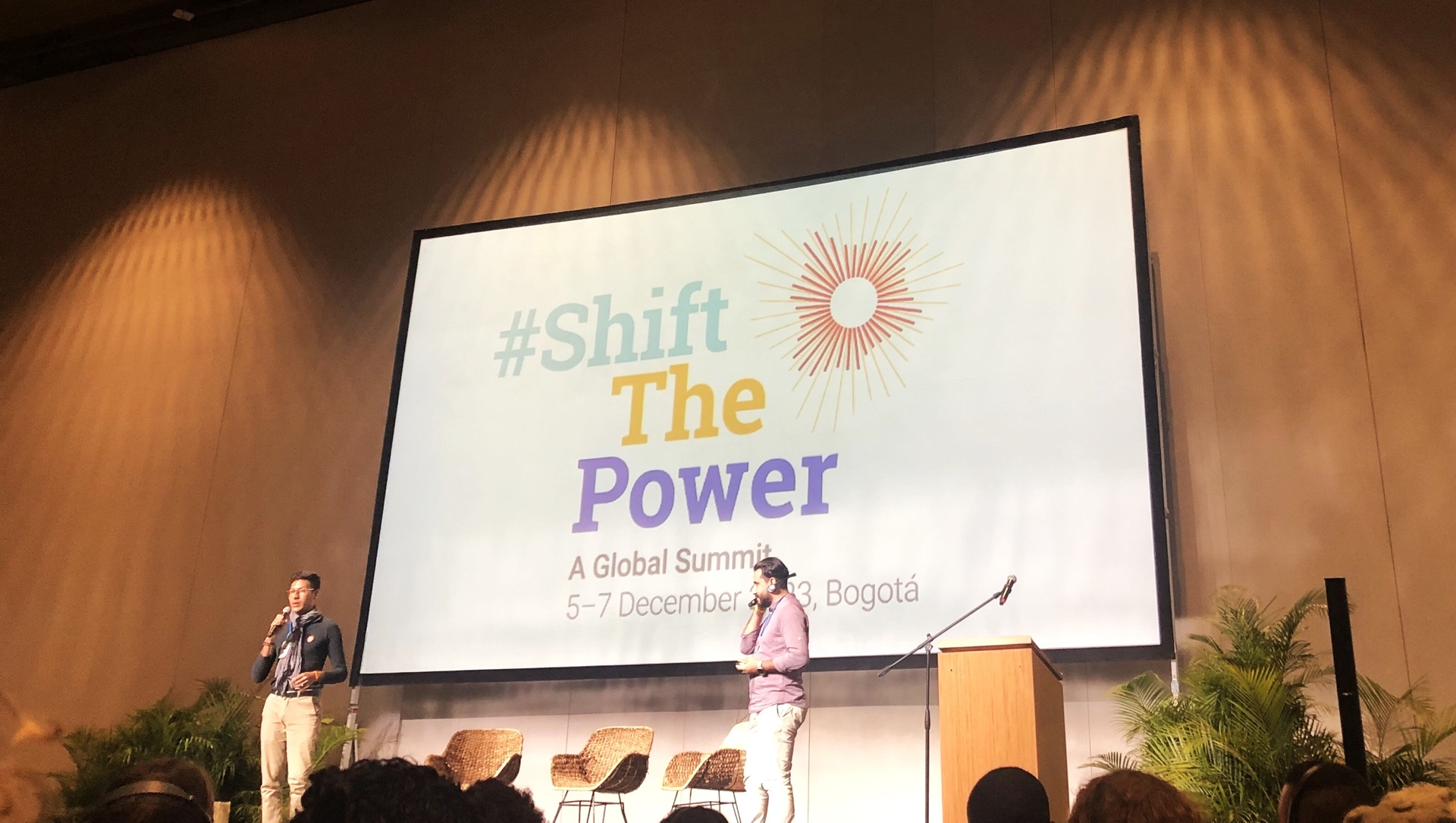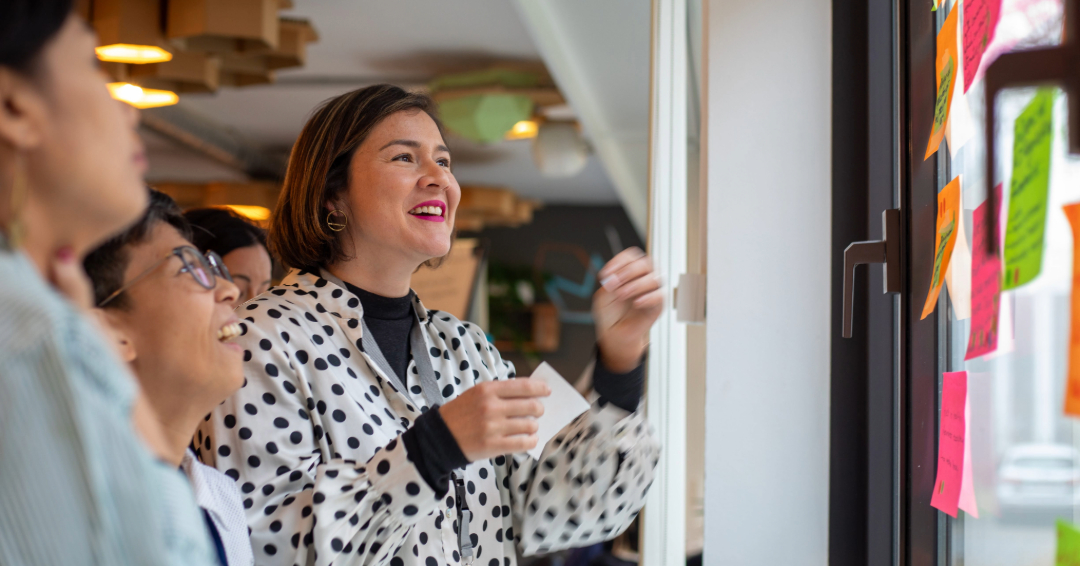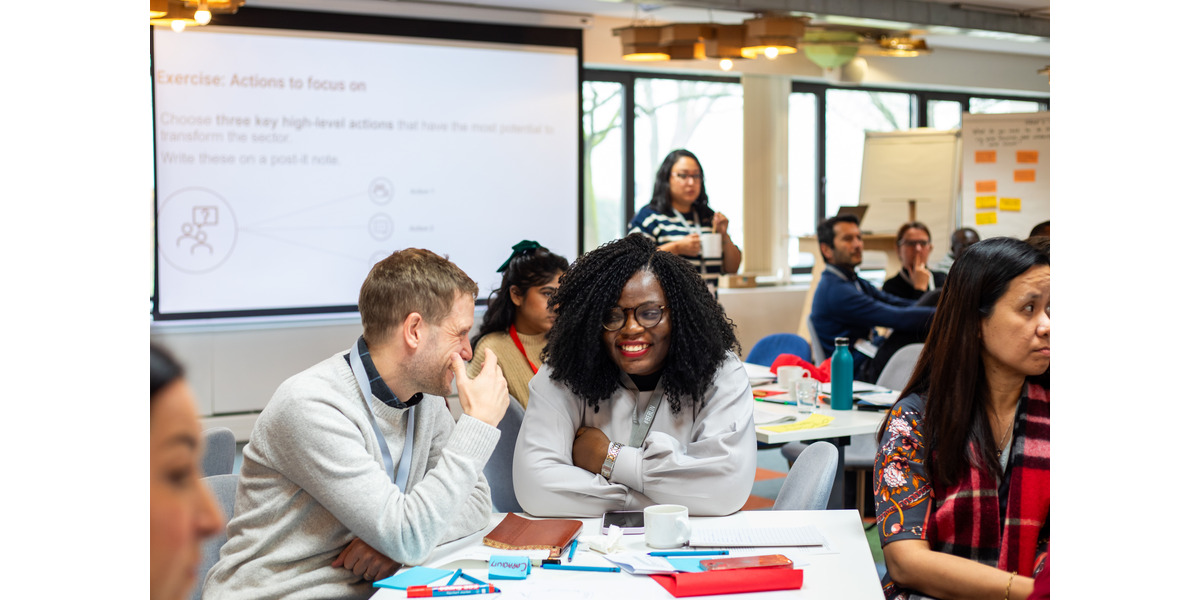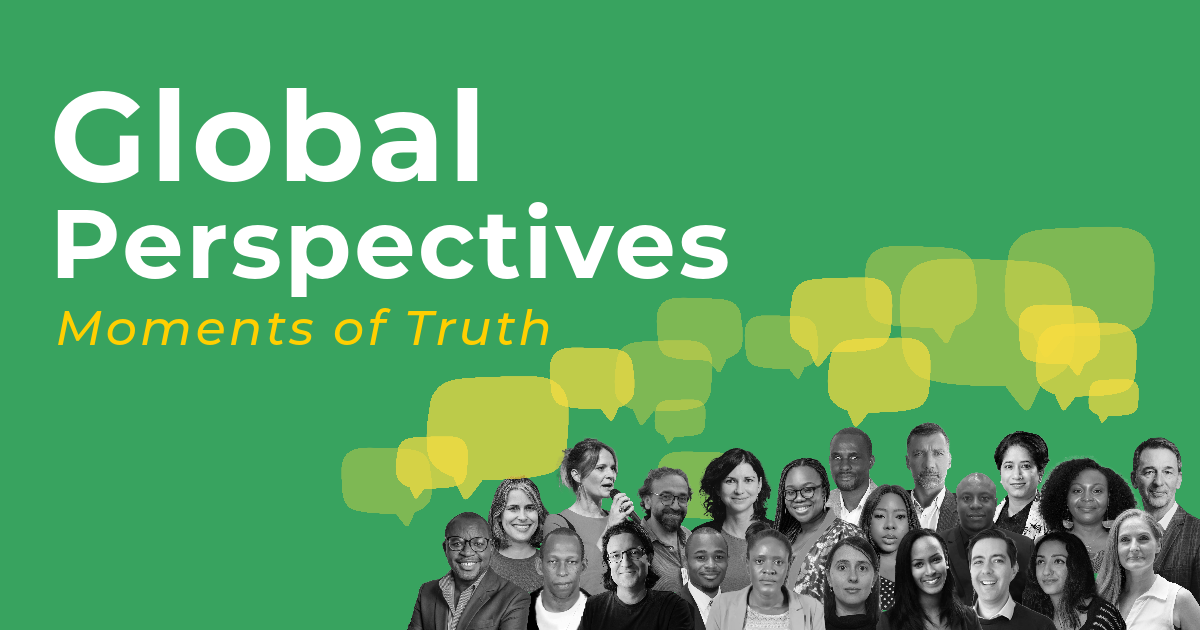With the turn of the decade fast approaching, it is that time of year to take stock of our progress and look ahead to the coming year. 2020 will mark the fifth anniversary of the ratification of the SDGs and the start of the ‘decade of action’ to deliver on the Agenda 2030. Central to this agenda is the pledge to ‘Leave No One Behind’, but with only ten years to go, it is worrying to see so many people continue to be excluded from society because of who they are or who they love; because of what they do, have or don’t have; or because of where or how they live their lives. Today, we stand at a crucial moment in time: If we want to realise a future where no one is left behind, we must act now and take concrete steps to make inclusion a reality for everyone, everywhere. Earlier this year, The Broker, Partos and its innovation platform The Spindle published Digital Dalits and Colourful Carroças, a colourful book that celebrates the many amazing ways in which civil society organisations (CSOs) around the world are fighting for inclusion. Much can be learned from their creative initiatives. This article highlights the 5 most important lessons that will guide civil society towards an inclusive 2020 and beyond.
- Be creative, use art
Creativity is often an absolute necessity for CSOs to overcome the practical or legal obstacles they face. It can also be a source of energy and joy, and a way to foster inclusion and togetherness. In Brazil’s capital São Paulo, for instance, waste collectors push trash carts adorned with colourful artworks and creative slogans. These carts are decorated by artists that have joined Pimp My Carroça, a Brazilian CSO that works to promote the inclusion and recognition of waste collectors of Brazil. Its artworks are not only making waste collectors more visible in a literal sense, they are also instrumental in building bridges between local communities and waste pickers, ensuring that the latter are recognized as citizens vital for the city.
- Use tech, be innovative — but don’t abandon what already works
To push us in the direction of equality and inclusion, we need to make use of the opportunities generated by our technological advances. In Tanzania, a used cargo container has been transformed into a solar-powered digital skills lab, and in India, the Dalit community has employed social media to address social stigmas and ensure their inclusion in the public sphere. At the same time, we should not lose sight of the millions of people without access to hi-tech solutions, nor should we abandon all the old strategies that have worked for generations past. Looking afresh at proven methods and using them to reach those left behind may, in some cases, be the right way forward.
- Ask, listen, learn and put the most affected in the lead
To understand what barriers people are facing and develop programmes that truly match their needs, it is crucial not only to include them in programme design and implementation, but also to learn from their local insights and put them firmly in the driver seat of their own development. FRIDA, the Young Feminist Fund, recognises that local women are most knowledgeable about what is needed for their inclusion and empowerment. Therefore, FRIDA lets grassroots organizations decide together where the available funding should go.
- Make the invisible visible
Who are the people who are left behind? Do we have any idea how and where to find them? Those who are left furthest behind are often the ones who face multiple intersecting disadvantages at the same time, making them more vulnerable and, worryingly, less visible. Because of their intersecting disadvantages, these people run the risk of falling through the cracks, not only in development programmes, but also in data collection efforts. Forming an inclusive world must begin with a thorough understanding of who the excluded are. This requires accurate data, an intersectional mindset and a willingness to take an extra step to include those who are out of our immediate reach.
- Challenge the system
Civil society actions that promote inclusion can, in addition to supporting particular groups or specific areas, also contribute to broader systemic change. India’s deeply-rooted caste system will not disappear any time soon, but the Dalits’ social media campaign to draw attention to the abuse of their girls is a small step in the right direction. The many homeless people in the US will not get housing overnight, but the ‘You Don’t Need a Home to Vote’ campaign is making a small dent in the system that is keeping them from participating in politics. And while the digital gender divide is still disturbingly wide, initiatives like Code to Inspire (CTI) in Afghanistan, are sowing the seeds for a generation of tech-savvy young women who may change the system in years to come. What all these initiatives teach us is that the system — with time, effort and courage — can be changed, that inclusion is a goal we can achieve. Ridding our system of deeply rooted exclusionary practices however, requires continuous and immediate action. And, more importantly, it demands that we work together. We cannot challenge the system alone: we must join forces, walk together as equals and leave no one behind on the path to inclusion.
To learn more about the complexities of inclusion and get inspired by more wonderful stories of civil society initiatives from around the world, you can download Digital Dalits, Colourful Carroças here. For more information, send an email to Yannicke Goris, Managing Knowledge Broker at The Broker: yannicke@thebrokeronline.eu.










